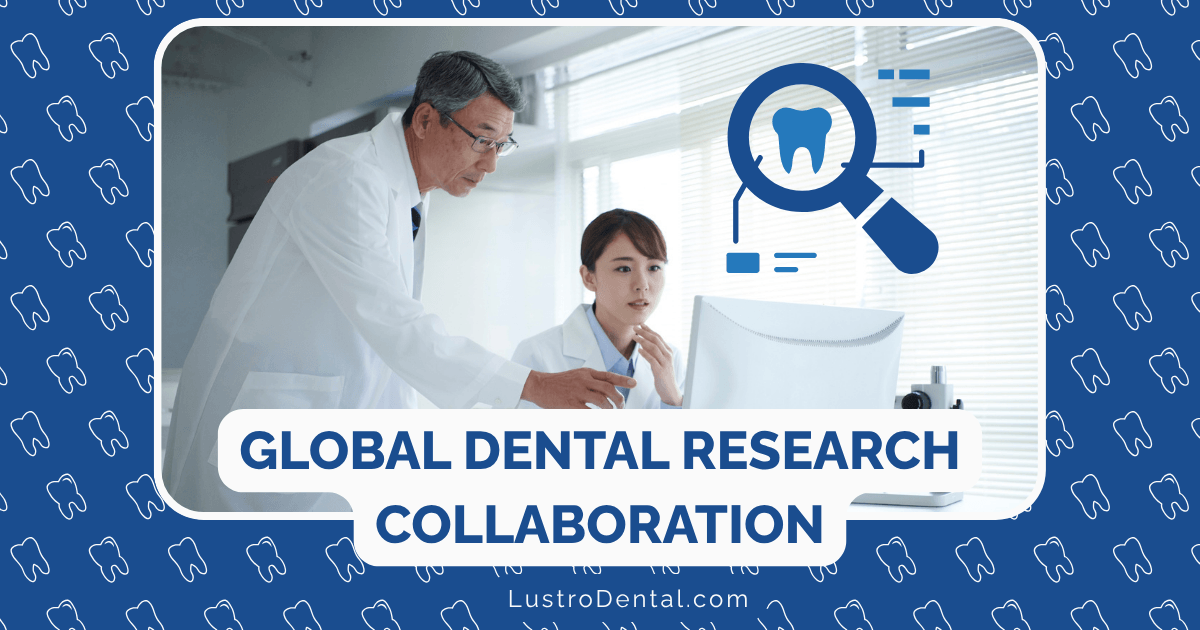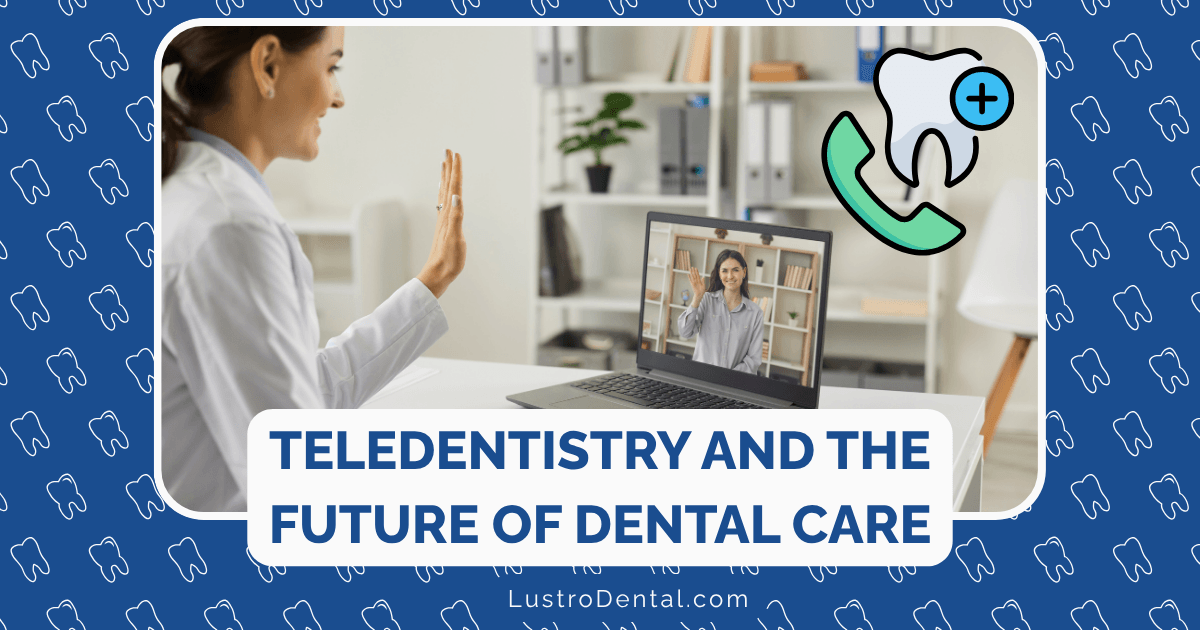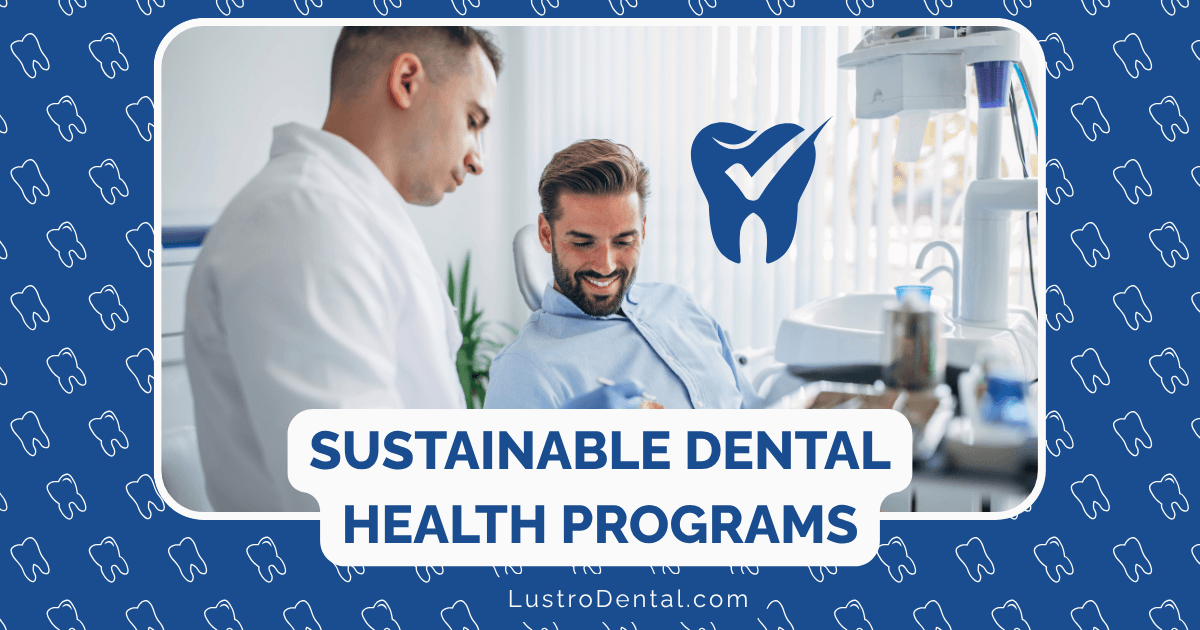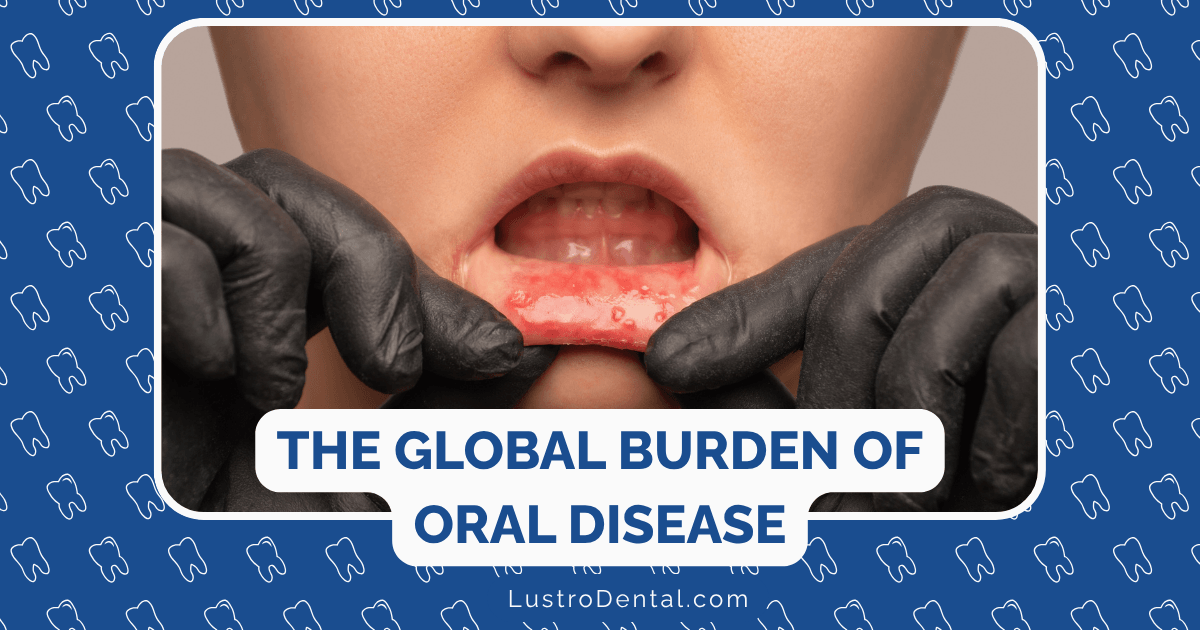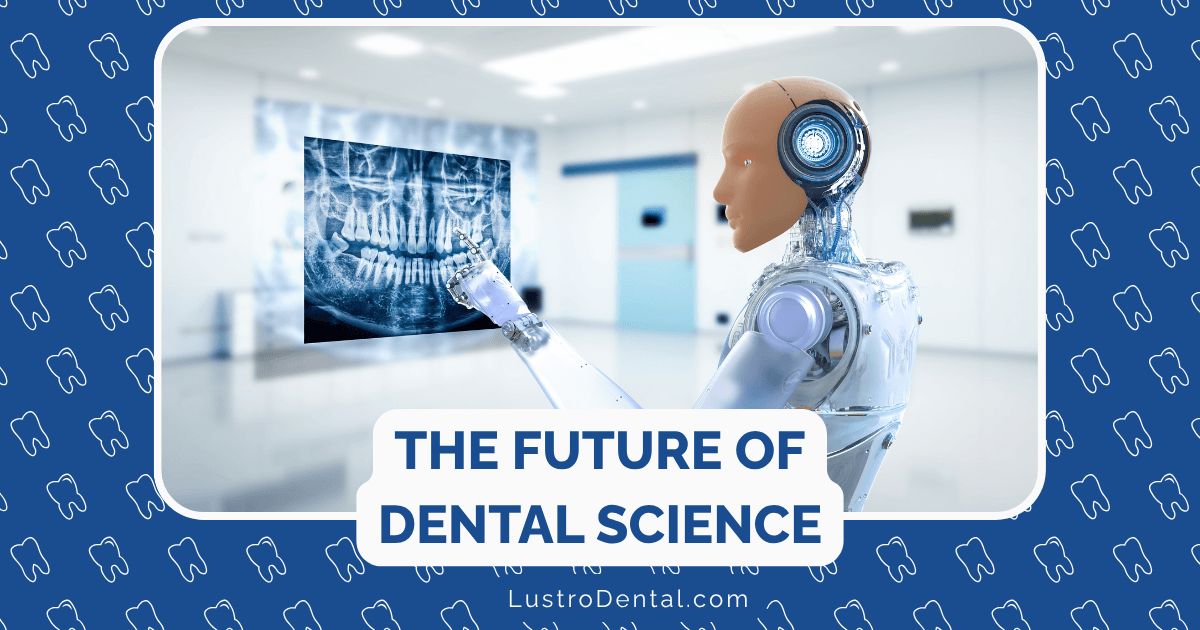Inherited Bad Teeth: Separating Genetics from Habits in Dental Health
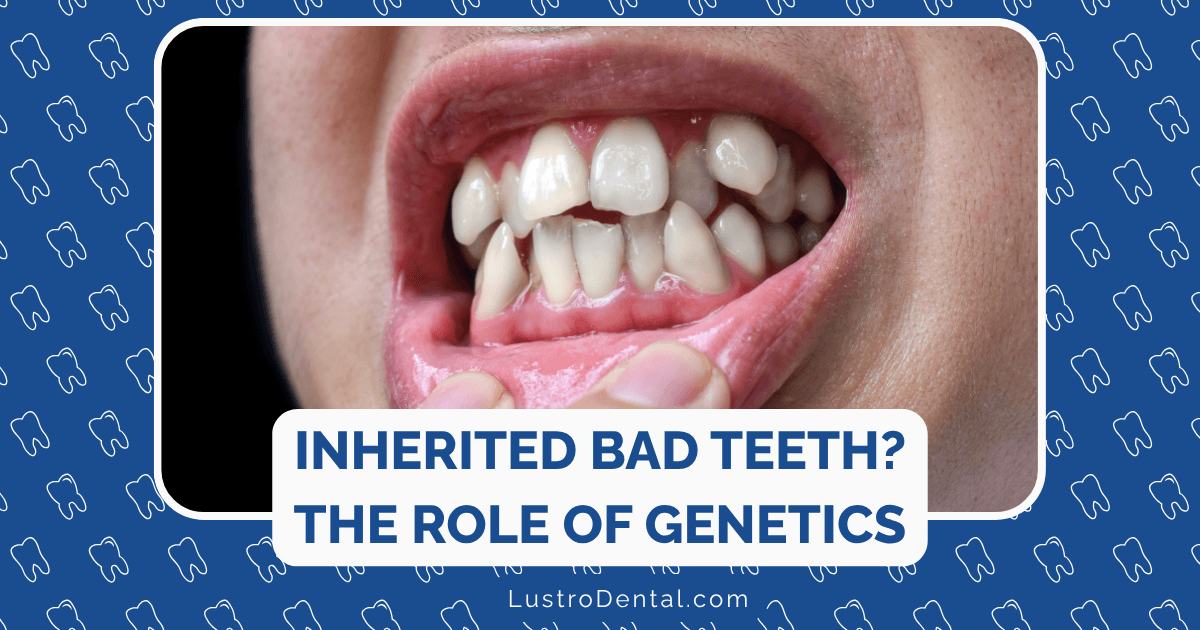
“Bad teeth run in my family.” This common refrain is often used to explain everything from cavities to crooked teeth to gum disease. But how much of our dental health is truly predetermined by our genetic code, and how much is influenced by our daily habits and environment?
This question isn’t merely academic—it has profound implications for how we approach dental care, prevention strategies, and even how we think about our own responsibility for oral health. In this comprehensive exploration, we’ll examine the complex interplay between genetics and environment in dental health, separating scientific fact from convenient fiction.
The Genetic Blueprint: What Science Tells Us
Genetic Factors in Dental Health
Modern genetic research has identified numerous genes that influence various aspects of dental health. According to a 2024 systematic review published in the Journal of Dental Research, approximately 60% of tooth decay susceptibility can be attributed to genetic factors, while environmental influences account for the remaining 40%.
Dr. Sarah Johnson, a dental geneticist at the University of Michigan, explains: “We’ve identified over 50 genes that play significant roles in dental development and health. These genes influence everything from the physical structure of teeth to the composition of saliva and even how our immune system responds to oral bacteria.”
Key genetic influences include:
1. Tooth Structure and Development
Several genes directly affect how teeth form, including:
- PAX9 and MSX1: Control tooth development and number
- ENAM and AMELX: Regulate enamel formation
- DSPP: Influences dentin development
- DLX3: Affects both tooth and jaw development
Mutations in these genes can lead to specific inherited dental conditions:
- Amelogenesis Imperfecta: A group of conditions affecting enamel formation, resulting in teeth that are discolored, soft, or prone to rapid wear. Affects approximately 1 in 14,000 people in the United States.
- Dentinogenesis Imperfecta: Characterized by weakened dentin, leading to translucent, discolored teeth that are prone to breakage. Occurs in roughly 1 in 8,000 individuals.
- Hypodontia and Oligodontia: Congenital absence of one or more teeth, affecting about 5% of the population.
2. Saliva Composition and Production
Genetic factors also influence our saliva, which plays a crucial protective role in oral health:
- Aquaporin genes: Affect saliva production volume
- PRB genes: Influence the composition of protective proteins in saliva
- AMY1 gene: Determines amylase levels, affecting how we process starches in the mouth
Dr. Michael Chen, researcher at the National Institute of Dental and Craniofacial Research, notes: “Variations in saliva genes can affect everything from how effectively you neutralize acids to how well you break down food particles. These differences can significantly impact cavity risk, even with identical oral hygiene habits.”
3. Immune Response and Inflammation
Our genetic makeup also determines how our bodies respond to oral bacteria:
- Interleukin genes (IL-1, IL-6): Influence inflammatory response to bacterial challenges
- Vitamin D Receptor (VDR): Affects immune function and bone metabolism
- Toll-like receptor genes: Determine how the immune system recognizes and responds to oral pathogens
A 2023 study in the Journal of Periodontology found that specific variants in immune-related genes can increase periodontal disease risk by 30-50%, independent of oral hygiene practices.
4. Taste Perception and Food Preferences
Surprisingly, even our food choices may have genetic components:
- TAS2R38 gene: Determines sensitivity to bitter tastes, potentially influencing sugar consumption
- FTO gene: Associated with food preferences and obesity risk, which can affect dietary choices impacting dental health
Heritability of Common Dental Conditions
Research has attempted to quantify the genetic contribution to various dental conditions:
- Dental Caries (Cavities): Twin studies suggest heritability ranges from 40-65%
- Periodontal Disease: Approximately 30-50% heritable
- Malocclusion (Crooked Teeth): 60-80% heritable
- Tooth Size and Spacing: 50-90% heritable
However, these figures come with important caveats. Dr. Lisa Rodriguez, periodontist and genetic researcher, explains: “Heritability estimates don’t mean that a condition is predetermined. They simply indicate the proportion of variation in a population that can be attributed to genetic differences. Environmental factors can still dramatically alter outcomes, especially for complex conditions like cavities and gum disease.”
Beyond Genes: The Power of Environment and Habits
While genetics provides the blueprint, environment and behavior often determine how that blueprint is expressed. The American Dental Association emphasizes that even individuals with genetic predispositions to dental problems can maintain excellent oral health with appropriate preventive measures.
Key Environmental Factors
1. Oral Hygiene Practices
Perhaps the most obvious environmental factor is oral hygiene:
- Brushing Technique and Frequency: Proper brushing removes plaque before it can cause damage, regardless of genetic risk factors
- Flossing and Interdental Cleaning: Cleans areas brushing can’t reach, critical for preventing interproximal decay and gum disease
- Professional Cleanings: Regular dental visits allow for removal of calcified deposits and early intervention
A 2024 longitudinal study published in Caries Research followed 500 participants with high genetic risk scores for cavities. Those who maintained excellent oral hygiene experienced 60% fewer cavities than predicted by their genetic profile, demonstrating that behavior can significantly override genetic predisposition.
2. Diet and Nutrition
Dietary choices profoundly impact dental health:
- Sugar Consumption: Frequency and amount of sugar intake directly correlates with cavity development
- Acidic Foods and Beverages: Contribute to enamel erosion
- Nutrient Intake: Calcium, phosphorus, vitamin D, and vitamin K2 are essential for dental development and maintenance
Dr. James Wilson, nutritional dentistry specialist, notes: “Even individuals with genetically weaker enamel can maintain healthy teeth by limiting acidic and sugary foods. Conversely, those with ‘good genes’ can develop rampant decay with poor dietary choices.”
3. Fluoride Exposure
Access to fluoride represents another significant environmental factor:
- Community Water Fluoridation: Provides population-level protection
- Fluoride Toothpaste: Delivers targeted remineralization
- Professional Fluoride Treatments: Offer concentrated protection for high-risk individuals
Research from the Centers for Disease Control and Prevention indicates that fluoride exposure can reduce cavity rates by 20-40%, regardless of genetic predisposition.
4. Early Life Factors
Emerging research highlights the importance of early life influences:
- Maternal Health During Pregnancy: Affects tooth development and mineralization
- Childhood Nutrition: Influences dental development during critical growth periods
- Early Bacterial Colonization: Shapes the oral microbiome, potentially for life
A 2023 study in Pediatric Dentistry found that maternal vitamin D levels during pregnancy significantly impacted enamel quality in children, independent of the children’s genetic profiles for enamel formation.
Gene-Environment Interactions: The Complete Picture
The most accurate model of dental health recognizes that genes and environment don’t operate independently—they interact in complex ways.
Examples of Gene-Environment Interactions
1. Enamel Strength and Dietary Acids
Individuals with genetic variants affecting enamel formation (such as certain AMELX mutations) may have inherently thinner or more porous enamel. While this genetic factor increases vulnerability, environmental exposure to acidic beverages dramatically amplifies the risk.
A person with these genetic variants who regularly consumes acidic drinks might experience severe erosion, while someone with the same genetic profile who limits acidic beverages may maintain relatively healthy enamel.
2. Immune Response and Oral Hygiene
Certain interleukin gene variants affect how aggressively the body responds to oral bacteria with inflammation—a key factor in periodontal disease. However, this genetic predisposition becomes particularly problematic when combined with poor oral hygiene.
Dr. Thomas Lee, periodontist at Boston University Dental School, explains: “Someone with high-risk immune genes but excellent plaque control might never develop periodontal disease, while someone with the same genetic profile and poor oral hygiene could experience rapid bone loss.”
3. Salivary Flow and Medication Use
Genetic factors influencing salivary gland function can predispose some individuals to lower saliva production. This genetic tendency becomes particularly problematic when combined with environmental factors like certain medications or chronic mouth breathing.
The combination of genetically reduced saliva and environmentally suppressed flow can create a high-risk scenario for rampant decay that neither factor alone would cause.
Practical Implications: Personalized Dental Care
Understanding the interplay between genetics and environment has important practical implications for dental care.
For Individuals with Known Genetic Risk Factors
If you have a family history of specific dental conditions or know you carry certain genetic variants, consider these strategies:
1. Enhanced Preventive Protocols
- More Frequent Professional Cleanings: Every 3-4 months rather than every 6 months
- Prescription-Strength Fluoride Products: Higher concentrations for those with enamel defects
- Custom Remineralization Plans: Tailored to specific genetic vulnerabilities
2. Early Intervention
- Regular Monitoring: More frequent check-ups to catch problems early
- Preventive Treatments: Sealants, fluoride varnish, and other protective measures
- Interceptive Orthodontics: Early intervention for developing malocclusions
3. Lifestyle Modifications
- Personalized Dietary Guidance: Specific recommendations based on individual risk factors
- Targeted Supplementation: Nutrients that address specific genetic vulnerabilities
- Habit Modifications: Customized recommendations for oral hygiene practices
Dr. Maria Garcia, specialist in preventive dentistry, emphasizes: “Knowing your genetic risk factors doesn’t mean accepting poor dental health as inevitable. Instead, it allows for targeted prevention strategies that can be remarkably effective.”
For Dental Professionals
The emerging field of dental genetics offers new opportunities for personalized patient care:
1. Risk Assessment
- Family History Analysis: Systematic evaluation of inherited risk factors
- Early Identification: Recognition of genetic conditions before significant damage occurs
- Targeted Screening: More intensive monitoring for patients with high genetic risk
2. Tailored Treatment Planning
- Customized Prevention: Prevention strategies based on specific genetic vulnerabilities
- Material Selection: Choosing dental materials appropriate for individual genetic factors
- Long-term Planning: Anticipating potential issues based on genetic profile
3. Patient Education
- Explaining Gene-Environment Interaction: Helping patients understand their personal risk landscape
- Motivation Enhancement: Using genetic information to encourage preventive behaviors
- Realistic Expectations: Setting appropriate expectations based on individual risk profiles
The Future of Dental Genetics
Research in dental genetics continues to advance rapidly, with several promising developments on the horizon:
1. Chairside Genetic Testing
Several companies are developing rapid genetic tests that could be performed in dental offices to identify specific risk variants. These tests could potentially guide immediate treatment decisions and preventive recommendations.
2. Gene-Guided Therapies
Researchers are exploring treatments that target specific genetic vulnerabilities:
- Biomimetic Materials: Dental materials designed to work with individual genetic profiles
- Gene Therapy: Experimental approaches to address genetic dental defects
- Personalized Probiotics: Oral microbiome modifications based on genetic risk factors
3. Predictive Algorithms
Advanced algorithms combining genetic data with clinical assessments may soon provide highly accurate predictions of dental disease risk, allowing for truly personalized prevention plans.
Dr. Robert Johnson, dental informatics researcher, notes: “We’re approaching a time when a combination of genetic testing, clinical examination, and artificial intelligence could predict with remarkable accuracy who will develop specific dental problems and when, allowing for precisely targeted prevention.”
Conclusion: Finding the Balance
The question of whether bad teeth are inherited is neither simple nor binary. The truth lies in understanding the complex interplay between our genetic heritage and our daily choices.
While we cannot change our genetic code, we can significantly alter how those genes express themselves through environmental modifications and preventive care. Even individuals with significant genetic risk factors can maintain excellent oral health with appropriate interventions.
Perhaps most importantly, the emerging understanding of dental genetics should empower rather than fatalize. Knowledge of genetic risk factors should motivate enhanced prevention rather than resignation to poor outcomes.
As Dr. Jennifer Adams, dental geneticist, eloquently states: “Genetics may load the gun, but environment pulls the trigger. In dental health, we have remarkable control over the environmental factors that determine whether genetic vulnerabilities manifest as actual disease.”
For patients and practitioners alike, the future of dental care lies not in debating nature versus nurture, but in harnessing our understanding of both to create truly personalized approaches to oral health—approaches that acknowledge genetic realities while maximizing the power of prevention.
Have you noticed dental conditions that seem to run in your family? How have you addressed these potential genetic factors? Share your experiences in the comments below.


